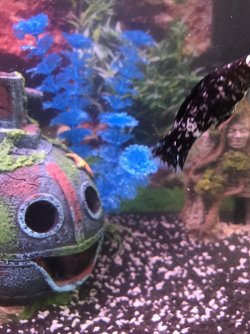Baker
Fish Fanatic
It's fine for dechlorinator but I would use it sparingly long term because it contains aloe Vera, which although they say it's proven to reduce stress, it's actually not and it's truly proven to cause more damage than good in high amounts.
its probably equivalent to you taking antibiotics every day of your life, it's not helping you unless you're sick, and long term it's only going to make your body weaker. Same concept with fish, it's not good to dose anything that isn't natural to a fishes biology or enviornment
its probably equivalent to you taking antibiotics every day of your life, it's not helping you unless you're sick, and long term it's only going to make your body weaker. Same concept with fish, it's not good to dose anything that isn't natural to a fishes biology or enviornment

